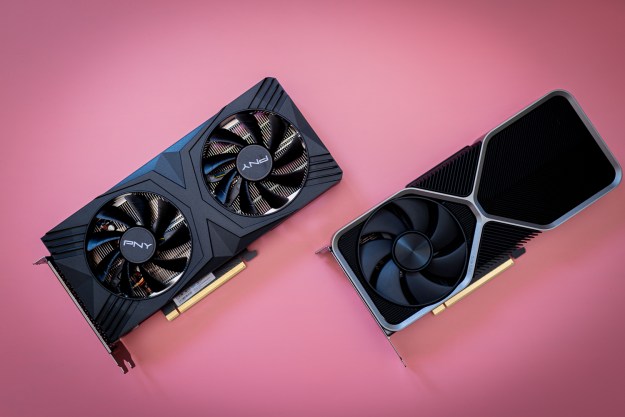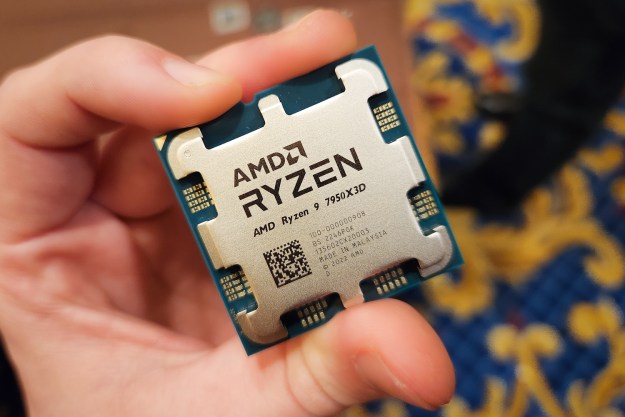
AMD just revealed two of its newest APUs, or Accelerated Processing Units. Code-named Beema and Mullins, the company’s newest processors are targeted towards mobile products, like notebook PCs.
AMD’s Mullins APUs are the company’s newest series of low-power processors, and will come in one of three offerings initially: the E1 Micro-6200T, the A4-Micro 6400T, and the A10 Micro-6700T. The 6200T is a dual core chip clocked at 1.4 GHz and a GPU core clocked at 300 MHz, while the 6400T and 6700T run at 1.6 GHz and 2.2 GHz, respectively. The GPU on the 6400T runs at 350 MHz, while the 6700T’s graphics processor is clocked at 500 MHz. Each of these processors merely sips electricity, sporting TDPs of 3.95 watts for the 6200T, and 4.5 watts for the 6400T and 6700T. The 6200T rocks a Radeon R2-based GPU, built in, while the 6400T and 6700T APUs sport Radeon R3 and Radeon R6-based graphics processors.
Then there are AMD’s Beema APUs, of which there will be a total of four processors at the outset. The E1-6010 is a dual core processor clocked at 1.35 GHz, has a Radeon R2 GPU running at 350 MHz, and has a TDP of 10 watts. The quad core E2-6110 sports a higher clock speed of 1.5 GHz, but also features a Radeon R2-based GPU, though it runs faster than the E1-6010’s GPU (500 MHz vs. 350 MHz). The E2-6110 requires a bit more power (TDP of 15 watts), but considering that has it double the cores, and faster clocks on both ends, that’s to be expected.
Finally, we have the most powerful processors of the bunch: the A4-6210 and the A6-6310. Both of these chips have a TDP of 15 watts and sport four cores, but that’s where the similarities between the two end, for the most part. The 6210 runs at 1.8 GHz, while the 6310 is clocked at 2.4 Ghz. The A4 features a Radeon R3 GPU running at 600 MHz, while the A6 benefits from a Radeon R4 graphics processor clocked 200 MHz faster (800 MHz vs. 600 MHz).
AMD also makes a variety of power consumption and performance claims with these new processors, but we won’t know the full story until we’re able to subject them to independent tests.
What do you think of AMD’s newest APUs? Sound off in the comments below.
Editors' Recommendations
- AMD’s upcoming APUs might destroy your GPU
- AMD vs. Intel: the rivalry has never been more fierce
- AMD finally has a strategy to beat Nvidia’s DLSS
- AMD just announced the graphics card everyone has been waiting for
- AMD has another new GPU that it says can beat the RTX 4060 Ti


